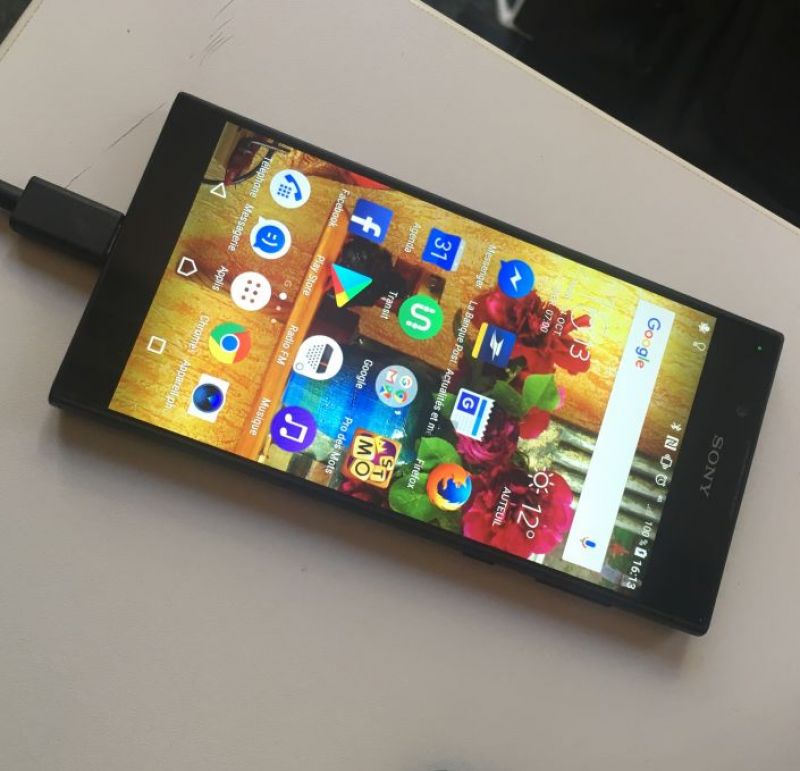The shortage of semiconductors that the world has been experiencing for almost two years now has a strong impact on the user sectors, which are finding it difficult to obtain electronic components at a good price.

Of course, tensions between supply and demand are not new in the sector and have even been the subject of particular attention for several years now. As we showed in research in 2012, sales of semiconductors are indeed characterized by significant cyclicality. The sector requires a lot of research and development (R&D) and heavy investments for production. It is therefore difficult for the offer to adapt to ever more demanding and changing demand.
However, the accumulation, since April 2020, of aggravating factors has made the situation all the more difficult: health restriction measures, saturation of production capacities, increase in demand, etc. Currently, the automobile sector , for example, is encountering significant difficulties, but it is not the only one. More broadly, fears are emerging regarding the Christmas holidays and the purchases associated with them.
Semiconductor-using companies spent nearly US$450 billion on chips in 2020. To understand those most affected by the shortage, just look at the companies that consume the most semiconductors. Apple is the first of them. The company consumes 11.9% of the semiconductors produced in the world. Next are Samsung Electronics (8.1%), Huawei (4.2%), Lenovo (18.6%), Dell Technologies (16.6%).
Without ambiguity, to be sure to have a present under the tree on December 25, and especially without having ruined Santa Claus, you must avoid putting consumer electronics on your list: telephones, computers, tablets… 68% of children aged 12 to 14 in France own a smartphone and 66% a laptop/PC, so the problem is not trivial.
However, other products on the list may cause problems. Nintendo has already let it be known that they have produced far fewer Switch consoles than expected in 2021. It is one of the most sought after video game consoles in the world, therefore one of the most present on lists of Christmas.
Intelligent toys, half-toys, half-connected objects, which have their own intelligence thanks to on-board electronics (educational robots, etc.), are also very numerous to be among the most popular gifts. They already represented a growing market of 8.38 billion euros in 2020 , according to IDATE DigiWorld.
Beyond these objects which we were well aware would be affected by the crisis, a very large number of toys, even the simplest ones, contain electronics. The shortage will therefore not be without consequences for their supply. If a toy has any interconnection, like an add-on app, for example, it uses a chip. If it moves “on its own”, makes light or noise, it is using a chip.
It turns out that this toy industry has great difficulty in obtaining chips. Indeed, it does not have the same weight as the consumer electronics industry mentioned above or even the automobile industry which has been the center of attention for several months. Companies in this sector therefore have less bargaining power. They can play less on the quantities ordered and do not have privileged relations with semiconductor manufacturers. Moreover, they do not practice the same margins and are therefore particularly exposed to price increases.
Environmental impact
So what if you are not satisfied with a Christmas with “traditional” toys and you still want to offer products containing electronics?
The video game industry is changing from a product-driven business to an as-a-service model . It is therefore possible to play, thanks to streaming game services, without a console or computer. Would a subscription or a gift card for online video games be the solution? Unfortunately, semiconductors are also essential to access these games or to run the data centers necessary for their operation. Beyond the fact that the environmental impact of these practices remains worrying , they also affect the growing demand for electronic chips.
There remains a solution for consumers: turn to second-hand or reconditioned products. However, only 21% of French people think they will buy more of this type of product this year than last.
Finally, and at the risk of dissatisfying children (but also adults) eager for games incorporating semiconductors, the shortage should rather push consumers to question their choices… The environmental impacts linked to the manufacture of semiconductors and the need to limit production have long been known . In addition, we are overwhelmed with electronic waste: for example, in 2019, we produced 21 kg per person in France .



